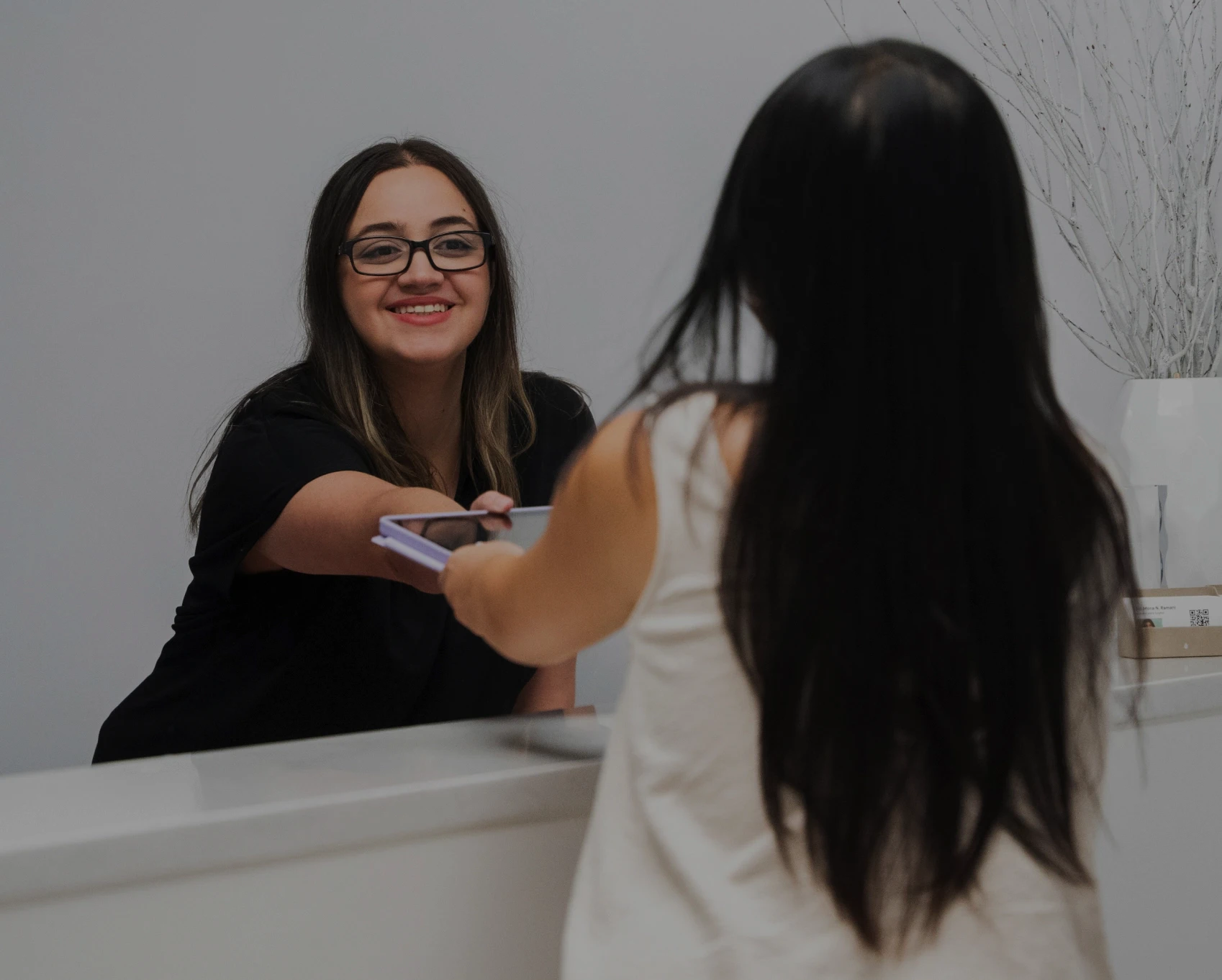
One of the most exciting days in a young ballerina’s life is when the ballet teacher declares them ready for pointe but many parents have concerns. After generations of dancers who started en pointe too young ended up with progressive foot pain and dysfunction, modern parents are taking their child’s future foot health into consideration. So what determines if a child is truly ready to take the grand jete into the next phase of their dance career?
It should go without saying that the child’s dance teacher should be the authority on whether the child is emotionally strong enough to take on this challenge. Once this has been confirmed the next step is to have the child’s skeletal maturity tested via x-ray evaluation. When we are born not all of the bones in the foot are fully formed. They solidify as we age and finish off in the early to mid teen years. With this in mind the youngest a dancer should be is 11 when they begin pointe but only if they are physically strong enough to prevent damage to their immature bones.
Prior to beginning pointe it is important to have your child’s feet evaluated to ensure they have stopped growing and their feet are nearly fully formed. There are a handful of studies that outline the parameters for determining a dancers biomechanical readiness for pointe, including our favorite article from the Journal of Dance Medicine and Science.
The dancer should also be able to:
1. Maintain a strong core free of pelvic tilt. A strong core is the foundation of ballet and becomes critical during pointe for maintaining balance.
2. Has achieved and can maintain a full pointe without sickling.
3. Maintain proper turnout from flat to demi pointe. The foot should be properly aligned with the knees and the hips and heels should be forward to avoid sickling.
4. Perform proper demi piles from all positions in preparation for safe pirouettes and jumps
5. Pique Passe. The ability to do this move with a straight leg is an indication the dancer is strong enough for pointe. A bent leg indicates muscular weakness that can lead to injury with the addition of pointe shoes.
6. Releve full demi pointe in center. Pointe shoes require strong calf muscles to push into a full pointe so this simple movement is a critical indicator for pointe readiness.
Even if the dancer meets all of the criteria, it is not a guarantee that the child won’t endure injuries, arthritis, or other medical conditions later in life but, as with any sport, the goal is to participate as safely as possible with the knowledge that injuries can always happen. If your child is passionate about ballet the risks may be worth the rewards.
Book your child’s pointe readiness consult today.
